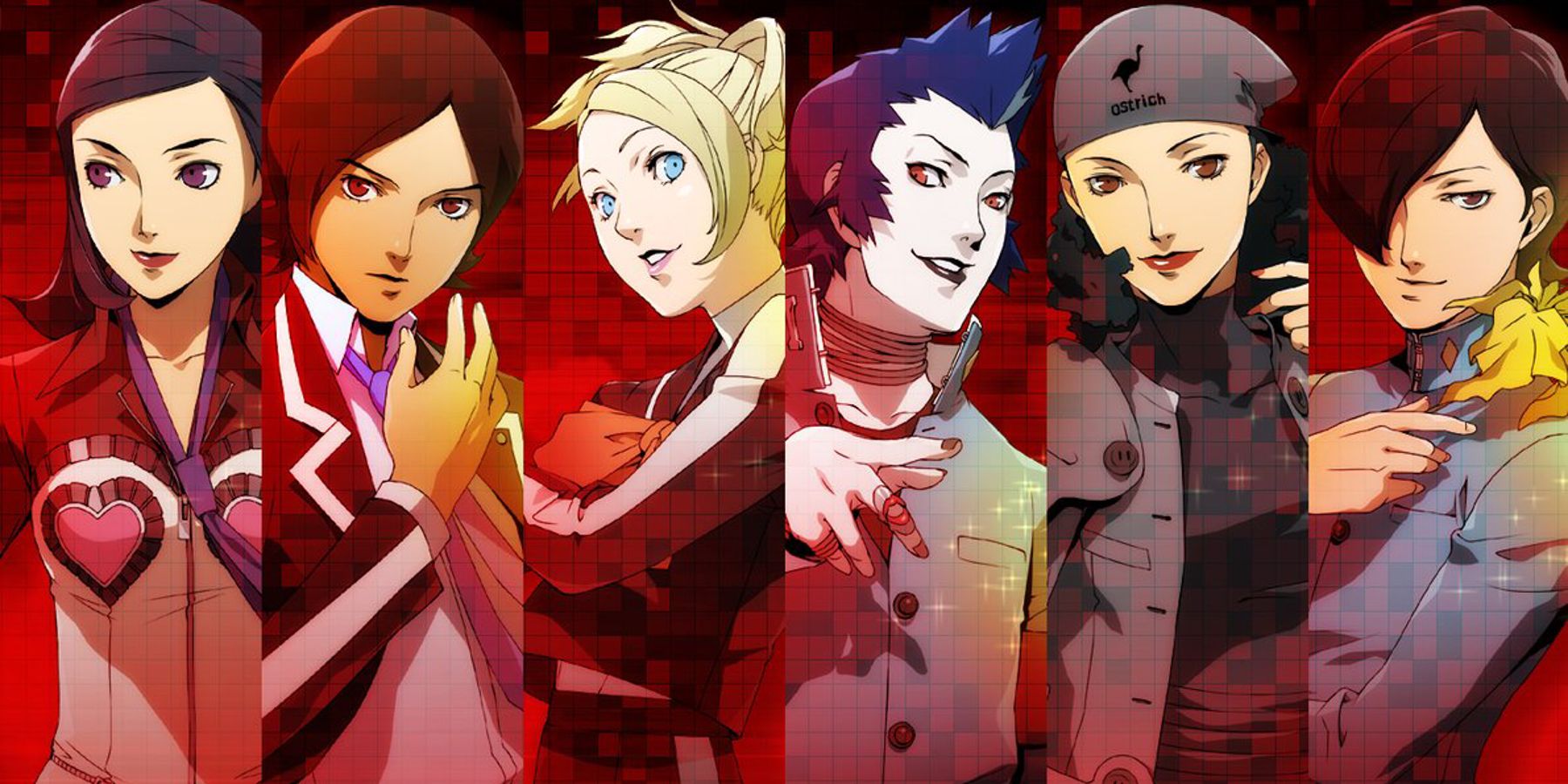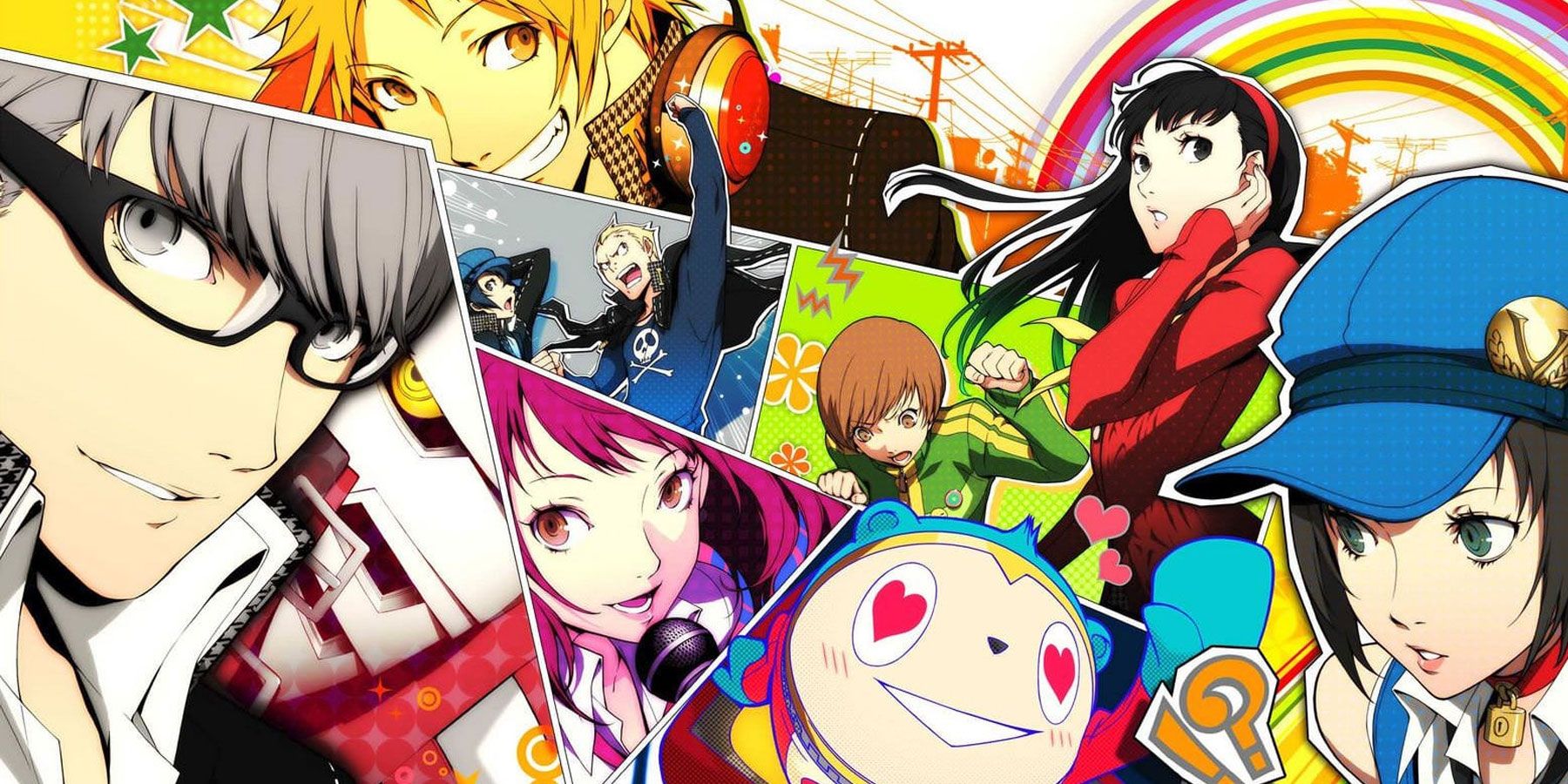Persona 2: Innocent Sin, the second of the Shin Megami Tensei sub-franchise, released back in 1999 exclusively in Japan. It wouldn't release for Europe and North America until 2011 on the PlayStation Portable, but its sequel Eternal Punishment released in both Japan and North America, strangely. What's also interesting is that it was arguably more progressive than more recent games in the Persona franchise, especially considering Japan's complex take on certain societal issues.
It's clear that the series has changed quite a bit since its beginnings with every single installment. Persona 5 implemented many quality of life improvements that Persona 4 needed, and Persona 4 was a big change of pace from Persona 3's dark and angsty undertones. But perhaps not all of these changes have been positive. With Persona 6 in development, it's important that Atlus changes one thing fans have been hoping to see for years, something that was present in Persona 2 but has been missing from every succeeding installment: queer relationships.
Queer Portrayal in the Persona Series and Japanese Franchises
Japan has a complicated history pertaining to same-sex marriage and how society treats it, and this is emblematic through gaming. For example, the Harvest Moon series didn't allow for players to romance villagers of the same gender until Harvest Moon DS Cute, and this was only in the Japanese version; it was censored out of localized copies, and the series, now known as Story of Seasons, wouldn't bring back this feature until Friends of Mineral Town, but only in the English versions, not in Japan.
Similarly, another Marvelous IP known as Rune Factory is finally adding same-sex marriage, but only once it was localized. Looking at a long list of Japan's hottest RPGs, Tales and Fire Emblem are some of the few to include queer romance at some point in time, and they're typically lacking pretty heavily.
Persona shares a similar history to these other Japanese franchises. At some point in development, Persona 4 originally planned to have a gay relationship between the player character and Yosuke, who had an unused voiced line featuring a love confession hidden within the game files. Luckily, PC mods finally make this romance possible, but queer romance was a highly requested feature that was left out of Persona 5 as well. Many fans wished that Joker could've romanced Yusuke or Ryuji in addition to the lovely ladies, and his relationship with Akechi in Persona 5 Royal arguably has some tender undertones.
That being said, another Atlus IP known as Catherine: Full Body does depict queer romance. Of the three ladies available (in this extended version, not the original release), Rin is often mistaken for a woman for his dress, pink hair, and soft voice. In order to fit into society better, they pretend to be a woman and hopes that Vincent will still accept their feelings. While it might seem progressive on the surface, Catherine: Full Body still has some unfortunate gendered tropes and transphobic comments.
Strangely, queer romance appeared in Persona 2, which featured two protagonists, one male and one female, as a duology. Though its relationships may not be as fully fleshed as more recent Persona titles, they still existed in some capacity. Playing as Tatsuya Suou, fans could choose between Lisa, Maya, Jun, with the latter being a man. If players answer "Eikichi" when prompted, it's not taken seriously unlike when replying with "Jun." And there are other lines in the game to imply that Tatsuya is bisexual as well, such as saying that "all the male students are handsome" alongside a similar statement about the women: "All the female students are gorgeous."
Aside from the relationship availability itself, Persona 2 has been said to depict gay people more realistically than Persona 5, where they were shown as flamboyant, possibly pedophilic caricatures. Stereotypes are one of many things the queer community is constantly running from, so seeing a couple of adult dudes hitting on Joker and Ryuji in Persona 5 was exhausting. Persona 2 handled the subject with more care, by not painting Jun's sexuality in a bad light or making it the butt of a bad joke.
With Persona 6 currently in development, players are expecting the series to finally take the leap into queer relationships. As unpopular opinion as it may be, some are also hoping to see Persona 6's protagonist be female instead of another teen boy. In regards to stereotypes and forward-thinking, Persona 2 is a great example to take notes from.


